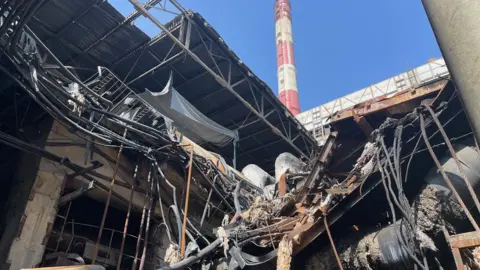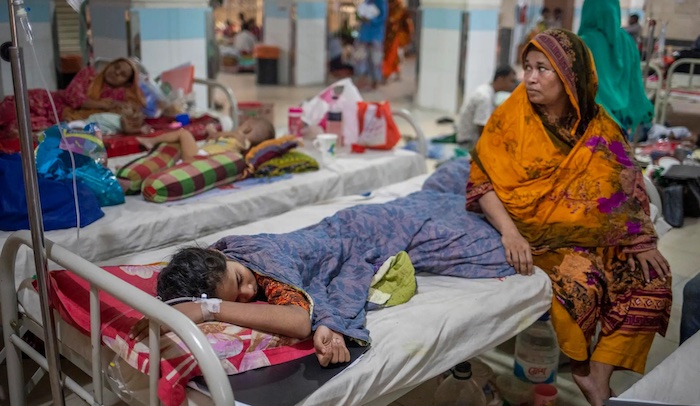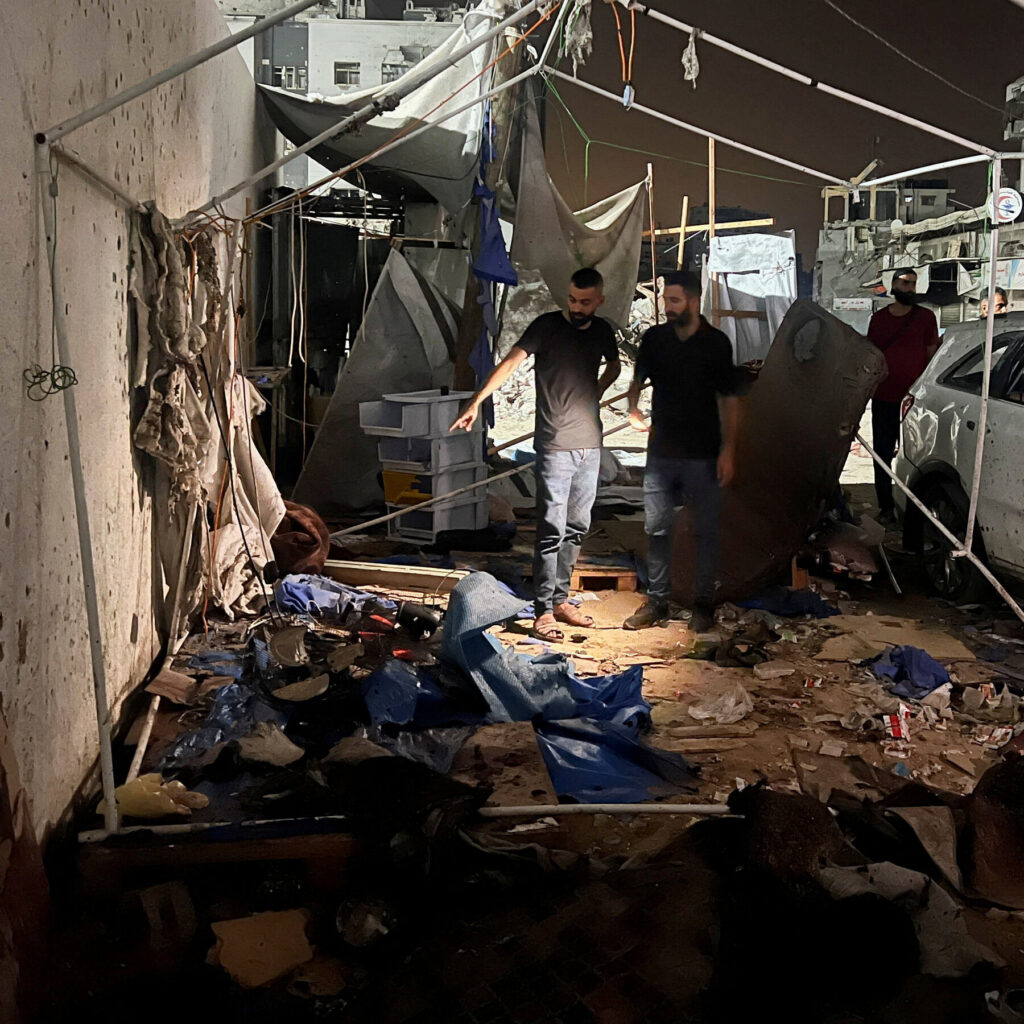Similar to the drones used in recent attacks by Iran against Israel, Ukrainian officials are facing significant challenges in defending against these assaults. President Volodymyr Zelensky has emphasized the need for concrete action, highlighting that mere rhetoric is insufficient to protect Ukraine’s airspace. He emphasized that the threat posed by these drones, whether in the Middle East or Europe, should serve as a wake-up call to the international community.
Ukrainian officials have indicated that only a handful of thermal and hydro power plants across the country remain undamaged. As Ukraine works urgently to repair critical infrastructure and maintain electricity supply to homes and industries, Russia’s offensive continues unabated. Last week, a major facility near Kyiv was targeted, and in Kharkiv, Ukraine’s second-largest city, all three major power plants have suffered extensive damage.
The distinctive red-and-white striped chimneys of Kharkiv’s Thermal Power Plant No.5 remain visible from a considerable distance. As one approaches closer, the extent of the devastation becomes starkly apparent. The main building has been severely impacted, with a substantial hole torn through its core. The surrounding area is a scene of chaos, characterized by blackened metal and shattered concrete strewn across the site.

The deliberate and devastating attack on March 22 left an indelible mark. Five Russian missiles struck the same critical infrastructure, causing severe damage to turbines, generators, and transformers, ultimately knocking the plant offline. Just a week later, Russia targeted the city’s power plants again.
For Ihor Orlovskiy, the deputy director, this destruction feels deeply personal.
“It’s like witnessing the ruins of your own home. It brings pain and tears,” Orlovskiy says, guiding me through the debris of metal and stone to the very spot where the missiles had exploded.
He has been working here since Soviet times.
“It’s a very bitter feeling. But this mobilizes us too, to rebuild. Because we know a city of more than a million people is depending on us.”
There have been six attacks on this plant since the start of the full-scale invasion, but the one in March was the worst by far.
It was also the most demoralizing: it took engineers a full year to repair one section of the plant, then two weeks after it was restarted Russia hit exactly the same spot.
Other industry sources tell similar stories of increasingly accurate strikes. In the past, they say, missiles would fall short or cause less damage.



























